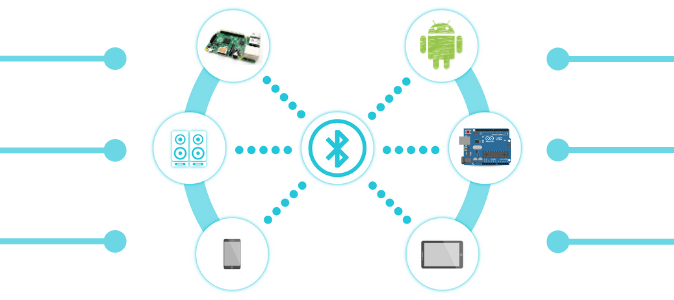In this practical step-by-step guide I give a detailed explanation of how to build a Bluetooth module and how you can use Bluetooth in your IoT devices at home.
Some IoT devices will already have Bluetooth capabilities build-in to the board, however some do not.
This guide will help you add Bluetooth to those boards that do not have this built-in Bluetooth feature.
I will also take you through a demonstration of how to physically setup the Bluetooth module for the first time by using the Arduino Uno microcontroller board. (The Arduino Uno does not have built-in Bluetooth capabilities).
By following along with this guide I assume that you are an absolute beginner who is keen the learn about DIY IoT projects that use the Bluetooth communication standard.
If you’re unsure about what an Arduino actually is then now would be a great time learn more about it before progressing with this guide. To get up to speed with Arduino you can follow my beginner’s guide here.
This Bluetooth guide goes hand-in-hand with my other post on how to control an Arduino LED via Android using Bluetooth communication. However I would recommend following this guide first as you will need to build the Bluetooth module first before a project can be built.
Whether your interested in building a permanent project using a soldering iron or by simply creating a quick and solderless prototype I will cover both of these methods below.
